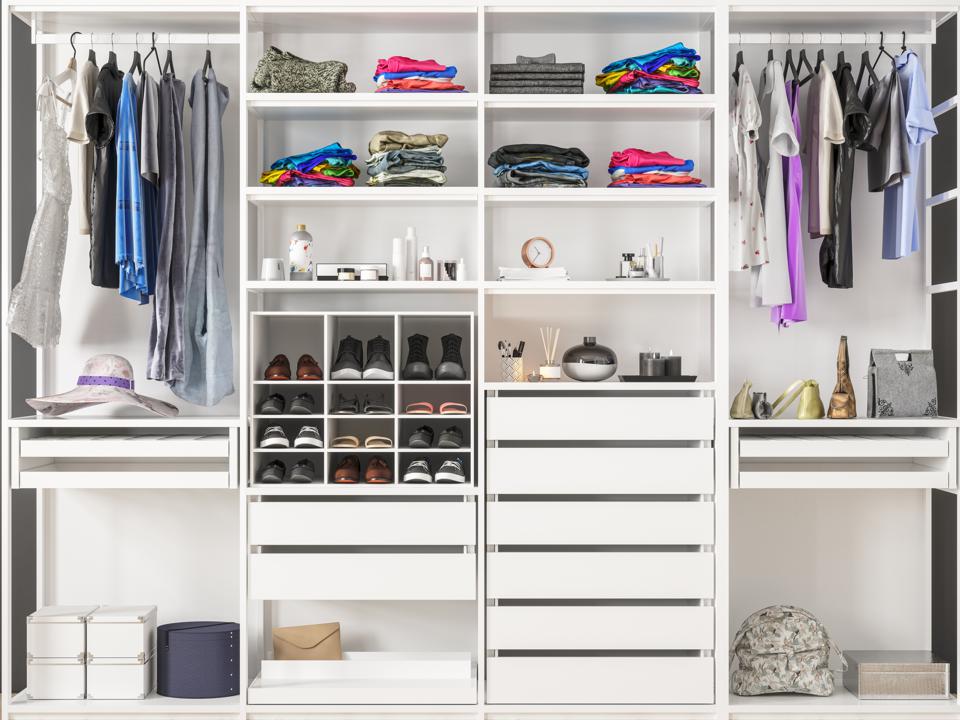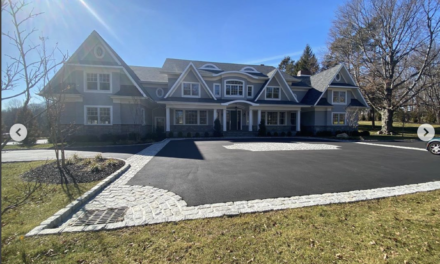
Sheltering in place during the coronavirus pandemic has inspired homeowners to tackle home improvement projects that better suit their needs. There are many reasons to renovate that run the gamut from accommodating remote work to sprucing up or adding outdoor living spaces.
“Our homes have come under the microscope like never before during the months-long sheltering in place,” says Dan DiClerico, home expert at HomeAdvisor, an online home improvement resource. “The quarantine has caused an intense assessment of what works and doesn’t work, first and foremost with functionality, but also with the home’s overall design and aesthetics.”
The process is ongoing, he added, explaining “we’re already seeing a new set of preferences and priorities emerge as homeowners consider which features matter most, whether they’re making improvements to their existing home or looking to move to a new one.”
Updating functionality, efficiency

A dedicated home office can boost productivity. GETTY
“While it’s always possible to put on an addition or refinish the basement, most homeowners have a finite amount of floor space in the home to work with,” says DiClerico. “That’s forcing some reapportioning of square footage as new needs emerge. The most obvious example is the home office—at least for those people who have the luxury to work from home. In the past, people might have been happy to work at the kitchen table or cram their office into an oversized closet.”
In an era of virtual meetings, interior design for Zoom calls and webinars is uncharted territory. “Today’s home office also serves as a public staging area, so form and function are equally important,” DiClerico says. “In homes with large master bedroom suites, many homeowners are co-opting floor space that might have functioned as a reading nook or grooming station for their newly elevated home office. Along with the essentials of a working office — desk, chair, printer, etc. — it features a personalized backdrop for video calls, say a bookcase with relevant titles or a favorite piece of artwork hanging on the wall.”
HomeAdvisor is also seeing more interest in so-called flex rooms, or rooms that serve multiple functions. “The room might be your staging area for the home office, but it also serves as the home gym, with room for the Peloton bike or yoga mat, and maybe even a guest bedroom, with the addition of a pull-out sofa and side table,” says DiClerico.
He notes that in new construction, some builders are reducing the size of the garage to make room in the floor plan for these essential flex spaces.
A focus on outdoor living

A patio provides a close connection to nature. GETTY
Staying at home is the new going out, and outdoor living spaces reflect the same expectations many people have for their home’s interior. DiClerico says the outdoor living trend was building before COVID-19, but it’s now supercharged.
“The quarantine forced people to see their outdoor spaces with new eyes,” he says. “In the past, a deck or patio might have been seen as a nice amenity for occasional barbecues. But now this outdoor space is an essential expansion of the home’s living space. Again, think flexibility and multi-functionality. Sure, it’s a place to grill hamburgers for an open-air meal, but with the right furnishings and shade protection, it might be a place for kids to do their home schooling. Or maybe there’s a wellness corner, with room to roll out a yoga mat or put down a meditation cushion.”
Related to outdoor living is the idea of biophilic design, or the creation of homes that foster a connection to nature.
DiClerico says, “At the high-end, we’re seeing expansive walls of glass, which create a seamless transition into outdoor living rooms. When that’s not in the budget, homeowners are using outdoor plants, natural materials and nature-inspired paint colors to enhance their home’s feeling of biophilia.”
Eliminating clutter
Dressing room

Closet organizer systems are having a moment during the pandemic. GETTY
“As the months of quarantine wore on, the clutter piled up, forcing homeowners to take storage and organization to a whole new level,” says DiClerico. “We’re seeing a ton of interest around closet organization systems and kitchen pantries, addressing two hotbeds of disorder in the home.”
The pandemic led to a major uptick in online-shopping. “That meant more packages being delivered, and also more packages going missing, whether from theft or simply because they get lost in the chaos of quarantine living,” explains DiClerico. “That’s creating the need for a dedicated package receiving center. It might simply be a freestanding drop box near the front door. But we’re also seeing more high-tech solutions, such as automated pass-throughs connected to a mudroom or other utility space, allowing delivery persons to safely deposit packages inside the home.”
DIY pet grooming stations

Beagle mix hound getting rinsed of soap from a bath
A key piece of equipment for a dog-washing station is a handheld shower head.
Pet adoption has skyrocketed during the pandemic as more people look for additional sources of companionship at home.
“Families don’t want to wash their four-legged friends in the same tub they bathe the kids, which has led to an increase in dedicated pet-grooming stations,” says DiClerico. “Outdoor stations might consist of a raised freestanding bath with showerhead that attaches to the garden hose. Inside grooming stations could be located in a basement or utility space, perhaps next to the washing machine, to take advantage of nearby plumbing and drainage.”
Original Article:







